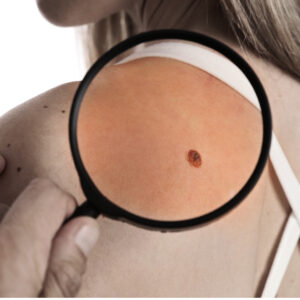Birthmark Removal

birthmark removal is a medical procedure in which a person’s birthmark is removed or significantly reduced in size and visibility. birthmarks can be either congenital (present at birth) or acquired (developed later in life). they can be either benign (non-cancerous) or malignant (cancerous).
Indications
Birthmark removal is typically recommended for people who have birthmarks that are:
Large and noticeable
Located in a visible area of the body (such as the face)
Causing physical or emotional discomfort or distress
Who should not try birthmark removal?
Contraindications
Cancerous or Potentially Cancerous Birthmarks
Birthmarks that are located in areas with a high risk of infection or scarring (such as the genitals)
medical conditions that make them more prone to complications from surgery
Description of Procedure
The specific procedure for birthmark removal will depend on the type, size, and location of the birthmark. some common methods include:-
laser surgery: A laser is used to remove the birthmark by destroying the cells that make up the birthmark.
surgical excision: The birthmark is cut out using a scalpel.
cryotherapy: The birthmark is frozen using a liquid nitrogen spray, causing the cells to die.
Course of Recovery
The recovery period for birthmark removal will depend on the specific procedure used and the location of the birthmark. some general guidelines include:-
1. Avoiding Strenuous Activities for a few days after the procedure
2. Applying ointment or dressing to the treated area as directed
3. Keeping the area clean and dry
Complications
Some potential complications of birthmark removal include:
- Scarring
- Infection
- Bleeding
- Changes in skin colour or texture
- An Allergic reaction to the anaesthetic or other medications used during the procedure
